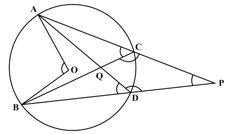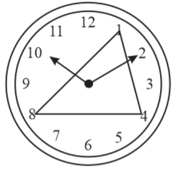Kerala Board Solutions for Chapter: Circles, Exercise 2: Exercise 2
Kerala Board Mathematics Solutions for Exercise - Kerala Board Solutions for Chapter: Circles, Exercise 2: Exercise 2
Attempt the practice questions on Chapter 2: Circles, Exercise 2: Exercise 2 with hints and solutions to strengthen your understanding. Standard 10 Mathematics Part - 1 solutions are prepared by Experienced Embibe Experts.
Questions from Kerala Board Solutions for Chapter: Circles, Exercise 2: Exercise 2 with Hints & Solutions
In the picture given below, is the centre of the circle and are points on it. Calculate all angles of and .
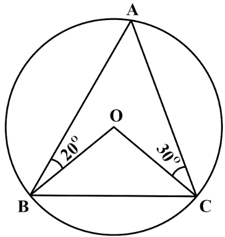
In the picture given below, is the centre of the circle and are points on it. Calculate all angles of and .
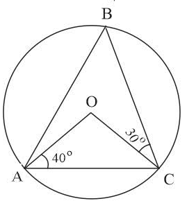
In the picture given below, is the centre of the circle and are points on it. Calculate all angles of and .
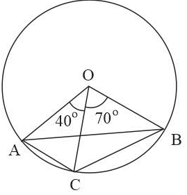
The numbers on a clock’s face are joined to make a triangle, in the figure of a clock given below, How many equilateral triangles can we make by joining numbers on the clock’s face?
In the picture, bisectors of adjacent angles of the quadrilateral intersect at Prove that is a cyclic quadrilateral.
Draw a triangle of circumradius and two of the angles and
In the given figure, and are mutually perpendicular chords of the circle. Prove that the arcs and joined together would make half the circle.
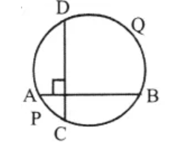
In the figure given below, are points on a circle centred at . The lines and are extended to meet at P. The line and BC intersect at . Prove that the angle which the small arc makes at is the sum of the angles it makes at and .
